In December 2016, KrebsOnSecurity broke the news that fraud experts at various banks were seeing a pattern suggesting a widespread credit card breach across some 5,000 hotels worldwide owned by InterContinental Hotels Group (IHG). In February, IHG acknowledged a breach but said it appeared to involve only a dozen properties. Now, IHG has released data showing that cash registers at more than 1,000 of its properties were compromised with malicious software designed to siphon customer debit and credit card data.

An Intercontinental hotel in New York City.
Headquartered in Denham, U.K., IHG operates more than 5,000 hotels across nearly 100 countries. The company’s dozen brands include Holiday Inn, Holiday Inn Express, InterContinental, Kimpton Hotels, and Crowne Plaza.
According to a statement released by IHG, the investigation “identified signs of the operation of malware designed to access payment card data from cards used onsite at front desks at certain IHG-branded franchise hotel locations between September 29, 2016 and December 29, 2016.”
IHG didn’t say how many properties total were affected, although it has published a state-by-state lookup tool available here. I counted 28 in my hometown state of Virginia alone, California more than double that; Alabama almost the same number as Virginia. So north of 1,000 locations nationwide seems very likely.
Update, April 19, 11:09 a.m. ET: Danish geek Christian Sonne writes that his research on the state lookup tool shows there are at least 1,175 properties on the list so far. The breakdown so far is: 1,175 properties across the USA and Puerto Rico in the following brands, Holiday Inn Express (781), Holiday Inn (176), Candlewood Suites (120), Staybridge Suites (54), Crowne Plaza (30), Hotel Indigo (11), Holiday Inn Resort (3).
Original story:
IHG has been offering its franchised properties a free examination by an outside computer forensic team hired to look for signs of the same malware infestation known to have hit front desk systems at other properties. But not all property owners have been anxious to take the company up on that offer. As a consequence, there may be more breached hotel locations yet to be added to the state lookup tool.
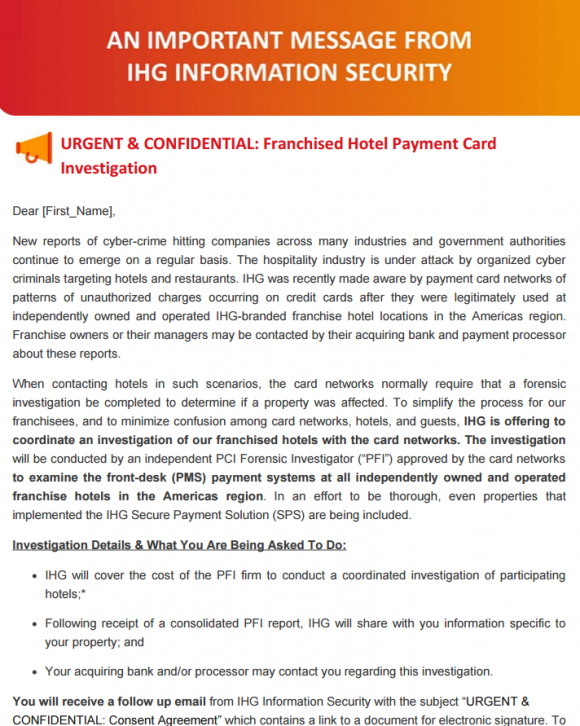
A letter from IHG to franchise customers, offering to pay for the cyber forensics examination.
IHG franchises who accepted the security inspections were told they would receive a consolidated report sharing information specific to the property, and that “your acquiring bank and/or processor may contact you regarding this investigation.”
IHG also has been trying to steer franchised properties toward adopting its “secure payment solution” (SPS) that ensures cardholder data remains encrypted at all times and at every “hop” across the electronic transaction. According to IHG, properties that used its solution prior to the initial intrusion on Sept. 29, 2016 were not affected.
“Many more properties implemented SPS after September 29, 2016, and the implementation of SPS ended the ability of the malware to find payment card data,” IHG wrote. Continue reading





 The biggest change this month for Windows users and specifically for people responsible for maintaining lots of Windows machines is that Microsoft has replaced individual security bulletins for patches with a single “
The biggest change this month for Windows users and specifically for people responsible for maintaining lots of Windows machines is that Microsoft has replaced individual security bulletins for patches with a single “
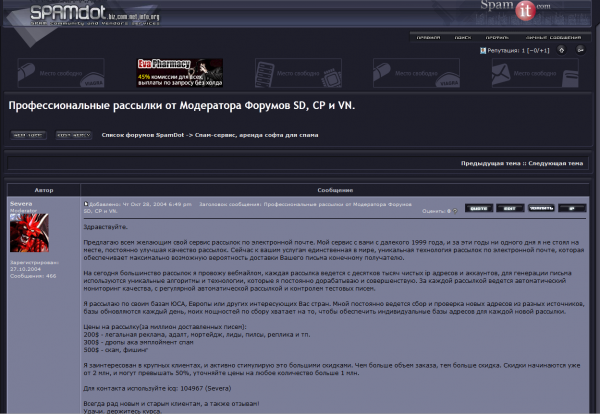

 “GameStop recently received notification from a third party that it believed payment card data from cards used on the GameStop.com website was being offered for sale on a website,” a company spokesman wrote in response to questions from this author.
“GameStop recently received notification from a third party that it believed payment card data from cards used on the GameStop.com website was being offered for sale on a website,” a company spokesman wrote in response to questions from this author.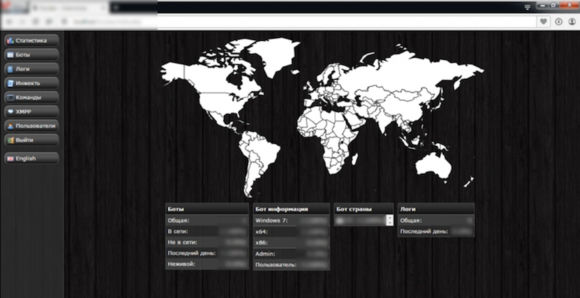

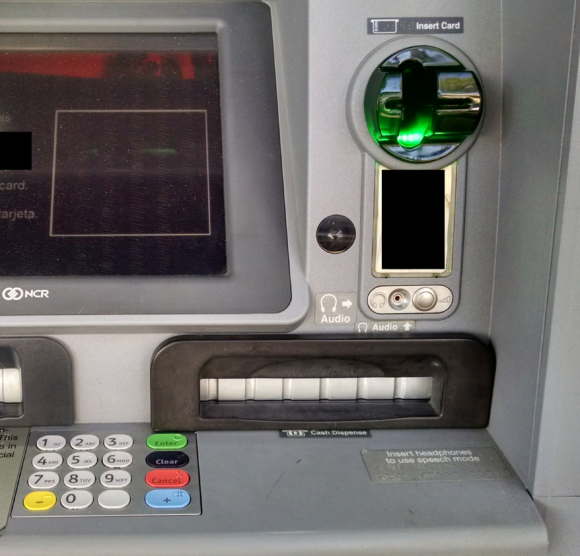
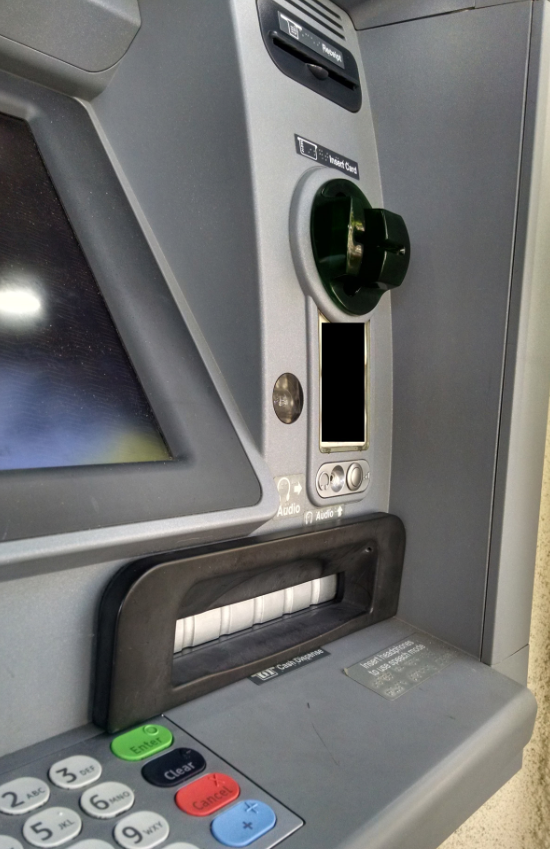
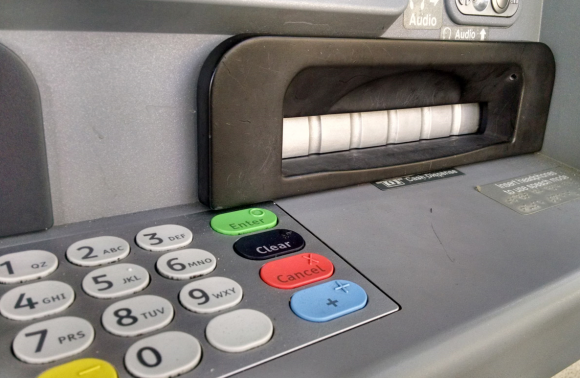


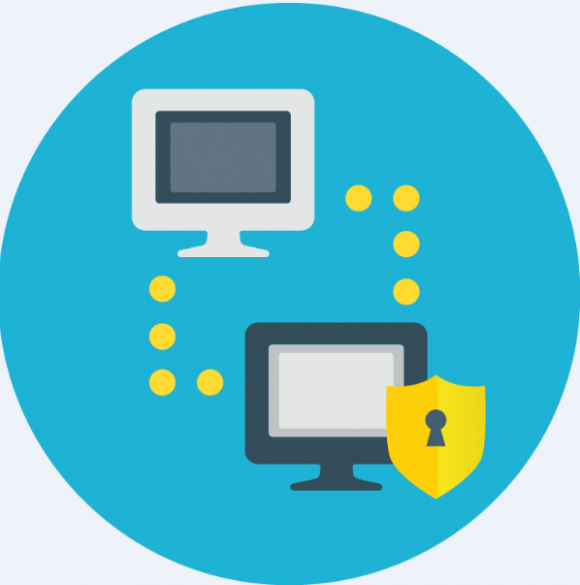 On Tuesday, the House approved a Senate resolution to roll back data privacy regulations enacted late last year at the Federal Communications Commission (FCC) that would block ISPs from selling to advertisers information about where you go and what you do online. President Trump has signaled his intent to sign the bill (
On Tuesday, the House approved a Senate resolution to roll back data privacy regulations enacted late last year at the Federal Communications Commission (FCC) that would block ISPs from selling to advertisers information about where you go and what you do online. President Trump has signaled his intent to sign the bill (